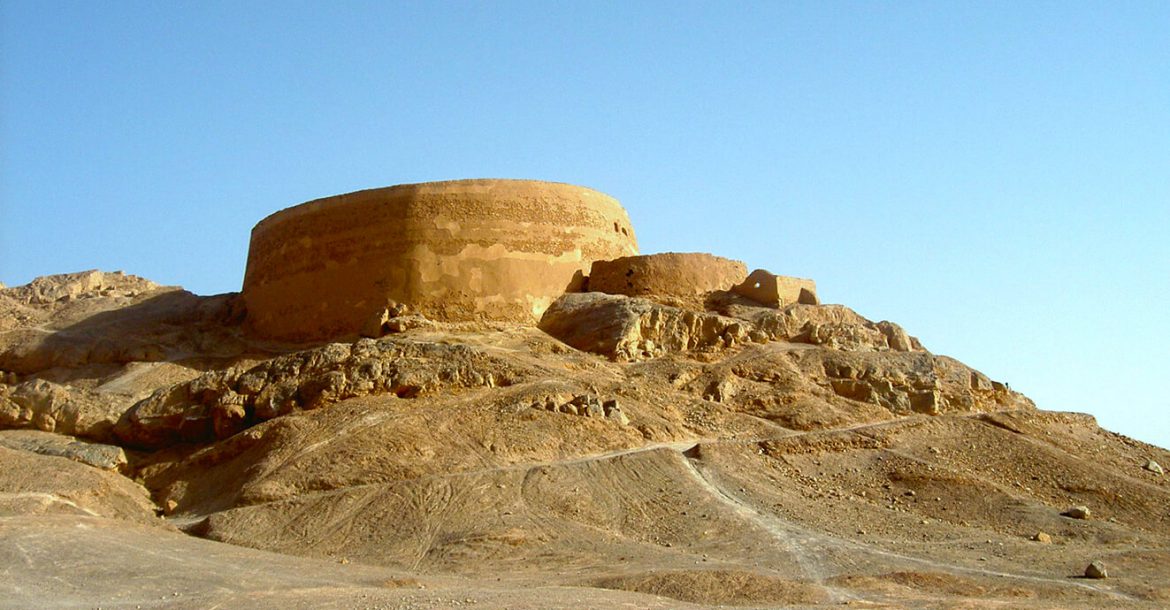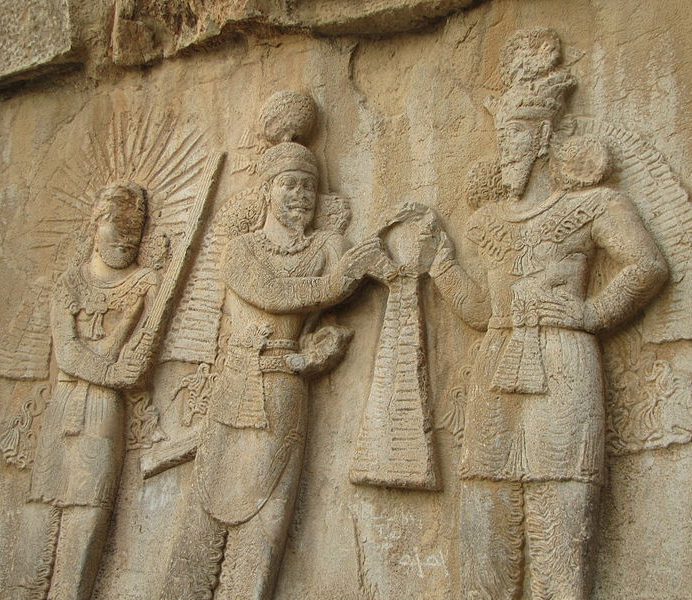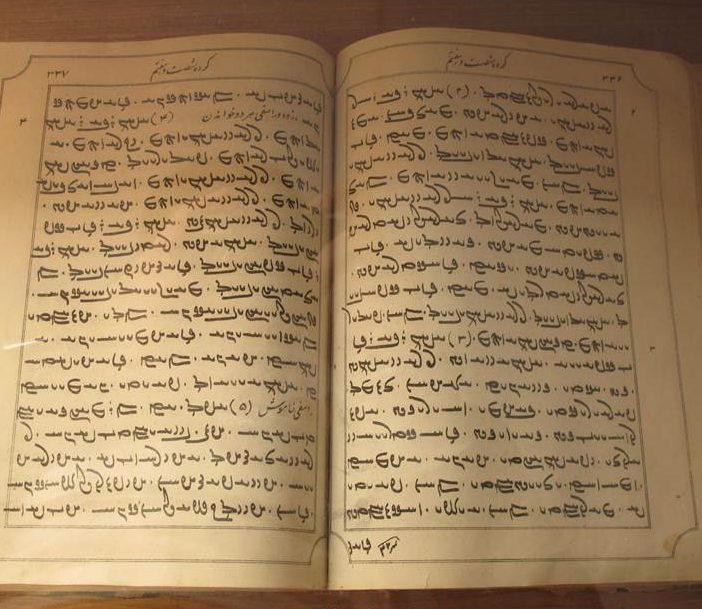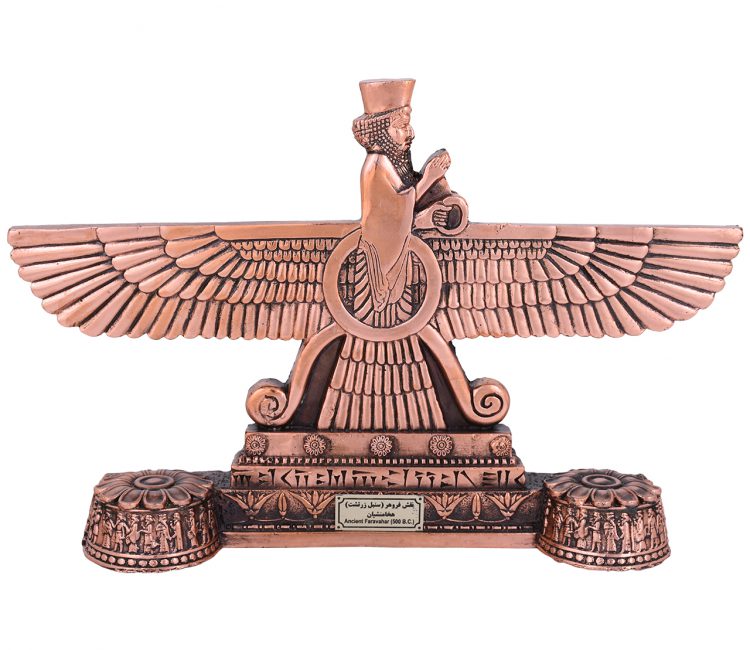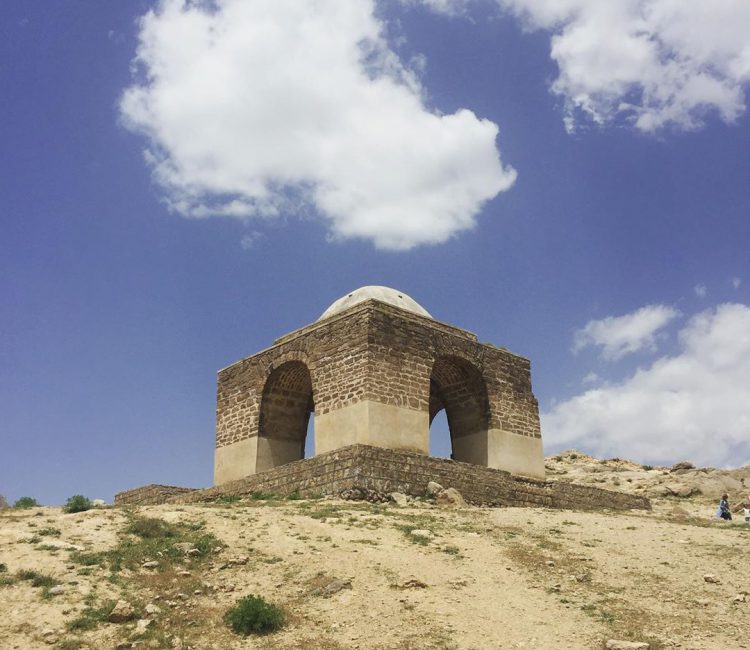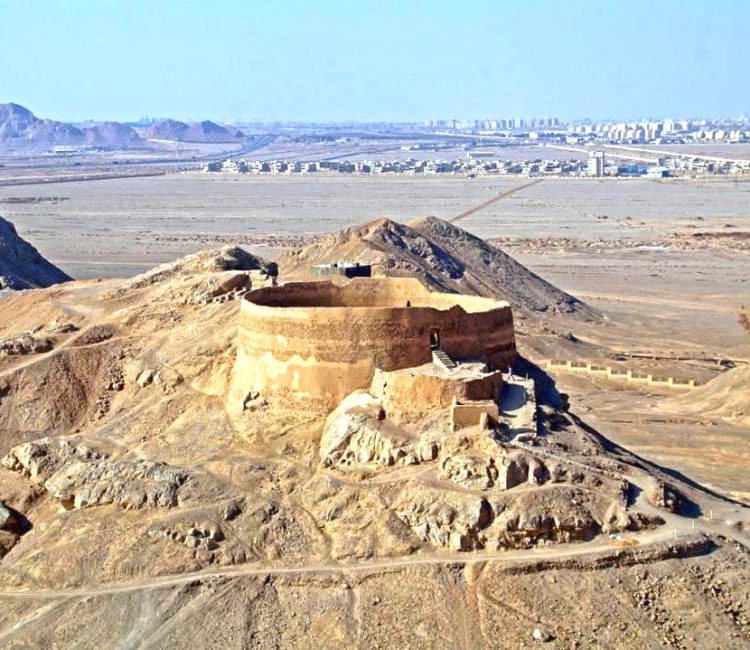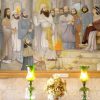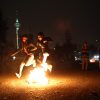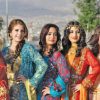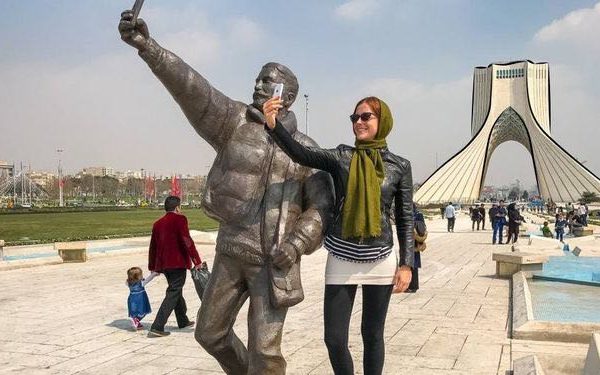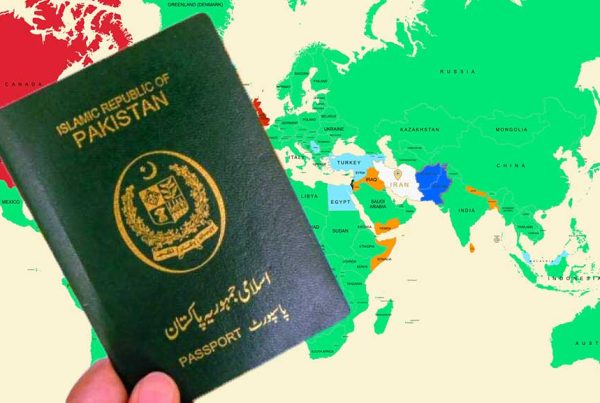Table of Contents
Zoroastrianism, one of the first monotheistic religions in the world, is the ancient religion of Iran. Founded around 6th century BC by Zoroaster, the slogan “good words, good thoughts and good deeds” express the main ideology of this holy religion.
Zoroastrians settled across Iran during the history, but they are now mostly clustered in Yazd and Kerman. The language spoken by them is the older version of the New Persian Language, calling Dari.
Furthermore, grand fire-temples, splendid rituals, spiritual Magis are the defining features of this religion, much talked about throughout the world. In this article, we are going to demystify the ancient religion of Iran and shed light on its dark mysterious side. So, let’s get down to action and learn some facts about Zoroastrianism.
Zoroaster
Zoroaster, known as Zarathustra in Avesta, is the ancient prophet of Iran believed to live from 625 BC to 551 BC. As the founder of Zoroastrianism, he is credited as a religious reformist for establishing the concept of monotheism through the introduction of his only God, AhuraMazda. His teachings influenced the upcoming religions such as Judaism, Christianity and Islam.
Ahura Mazda
Ahura Mazda, the creator of heaven and earth, is the highest god of Zoroastrians. Being called as Ahuramazda, Hormazd, and Ohrmazd during the history, he is the creator of universe, the source of light and darkness and the center of nature.
Avesta
Avesta is the Holy Scripture and the sacred book of Zoroastrianism. The present Avesta, remained from the Sassanid era, is in five parts containing Zoroaster’s teachings written in eastern Iranian language.
Farvahar
Farvahar symbolizes divine power representing a guardian angel or fravashi with outstretched wings, which is mostly representative of Zoroastrian principal tenets: good thoughts, good words, and good deeds. Farvahar is a supernatural being who helped Ahura Mazda in organizing the world in its early days, nurturing the nature and looking after the beings.
Fire
In Zoroastrianism, fire is one of the most venerated symbols associated with the divine being. Therefore, during history, many fire temples have been built to keep the sacred fire alive. Considered by Zoroastrians as the most sacred fire, Atash Bahram was consecrated through a long and elaborate process observed by a high number of Zoroastrian priests (Moubed). In order to establish Atash Bahram, fires were brought from 16 different sources, each of which purified through a special ritual. The 1525-year old fire, Atash Bahram, is burning in a bronze vessel kept in a glass chamber in the fire temple of Yazd. The Zoroastrian Fire Temple of Yazd (Atashkadeh-e Yazd) houses the last one of the nine fires known as Atash Bahram or the victorious fire.
Arranging a visit to Yazd, the city of mudbricks, is a simple process. Click here
Magi
Being attested in Old Persian documents, the earliest mention of the word Magi is found in the Bisotun inscription of Daruis I the great. Magi were referred to the groups of priests during the ancient time from Meds and Elamite to the Sassanians. However, Magi has referred to the Zoroastrian priests in Parthian and Sassanians eras.
Chahar-Taqi
With the advent of Sasanian dynasty, when Zoroastrianism turned into the official religion of Iran, a plethora of fire temples came into being, especially in southwestern Iran (Fars, Kerman, Araq-e Ajam). Zoroastrians used to gather in open areas, mostly on hilltops, around a podium with a design known as Chahar-taqi. Chahar Taqi literally means “four arches”; however, the structure includes a dome on four pillars which used to cover the sacred fire altar of Zoroastrians. It is suggested that this structure inspired the construction of domes on squinches, a characteristic of later buildings in Persian architecture. The archeological evidence shows that this architectural innovation, mostly found in the east of Iran, was first developed in Firuzabad in the 3rd century. The biggest and most impressive of them being those of Adur Gushnasp in Azerbaijan.
To read more about the fire temples in Iran , follow here
Burial Rituals
Water, fire, soil, and wind were sacred elements in the minds of Zoroastrians and there was a great ban against polluting them. Furthermore, they believed that whenever a person died, his body was occupied by an evil spirit. As a consequence, the dead person’s corpse couldn’t be buried in soil, burnt in the fire or thrown to the water. So, a new architectural structure developed for burying the dead, known as Dakhmeh (dakhma). The Dakhmehs were built on high places, like hill-tops or mountains, in cylindrical forms. They consisted of a circular part encircled by walls and a deep well in the middle of it. The circular part was divided into three parts: the inner part for the male corpses, the middle part for infants and children and the outer part for females. When a person died, based on the above divisions, his or her corpse was put in the circular area. Then, carnivorous birds preyed on the corpses, leaving nothing but bare bones. The leftover bones were dried in the sun in a process called Khorshid Nigerishn ( beholding by the sun). Later, these dry bones were thrown into the well to rest there eternally. The disintegration of the bones in the pit is aided by lime or some other materials. The platform was covered with impermeable slabs of stone in order to prevent the transmission of the pollution to the earth. The city of Yazd houses two of such towers, known as Towers of Silence.


